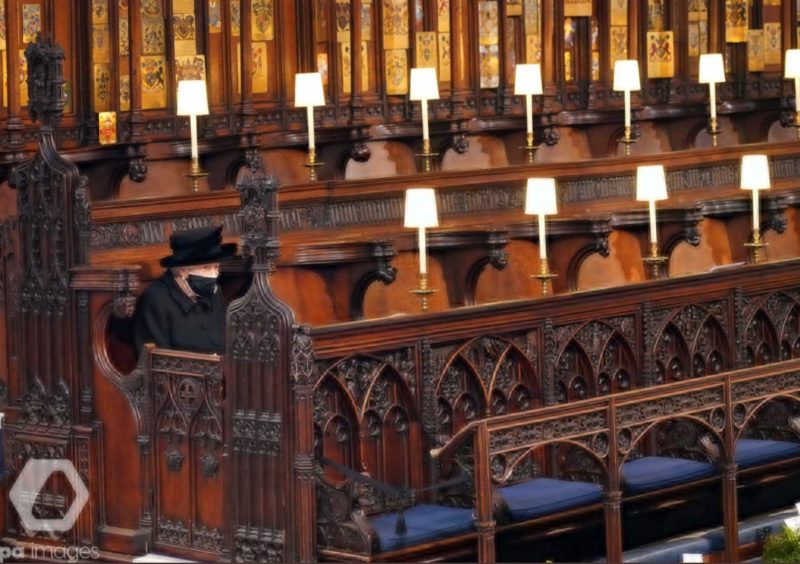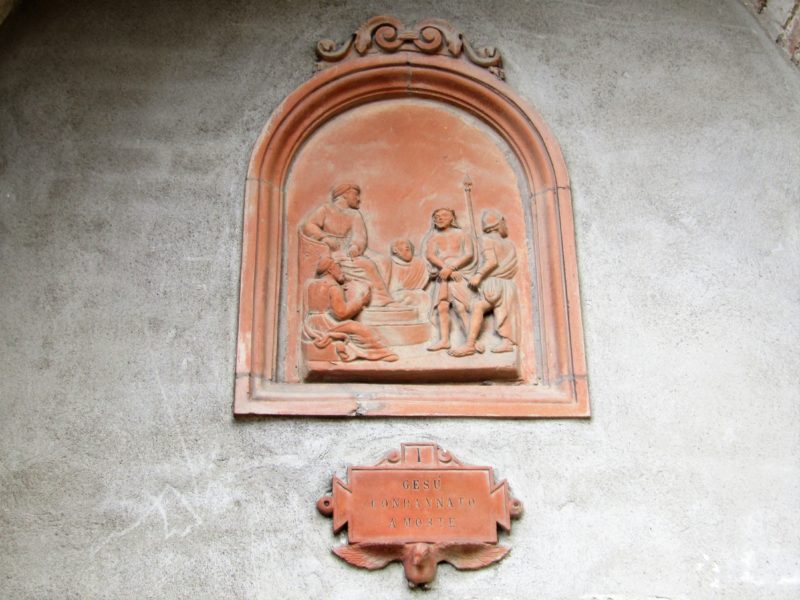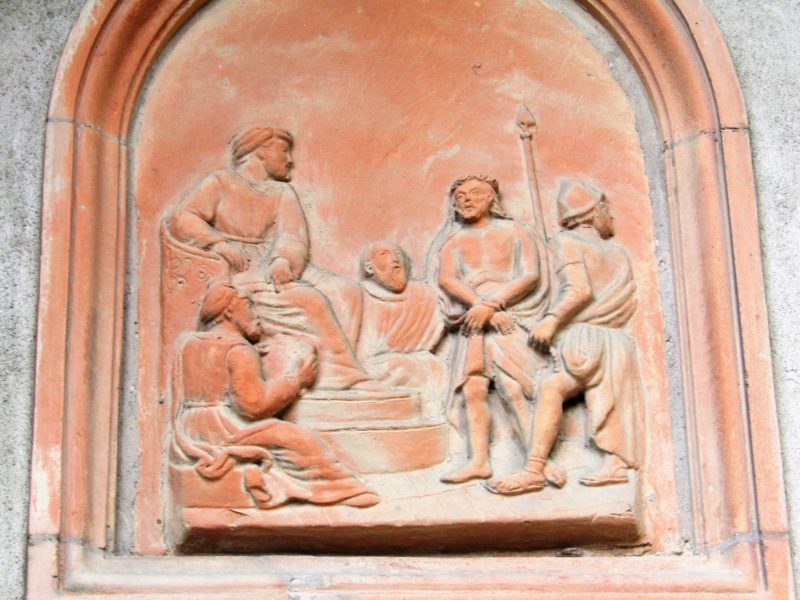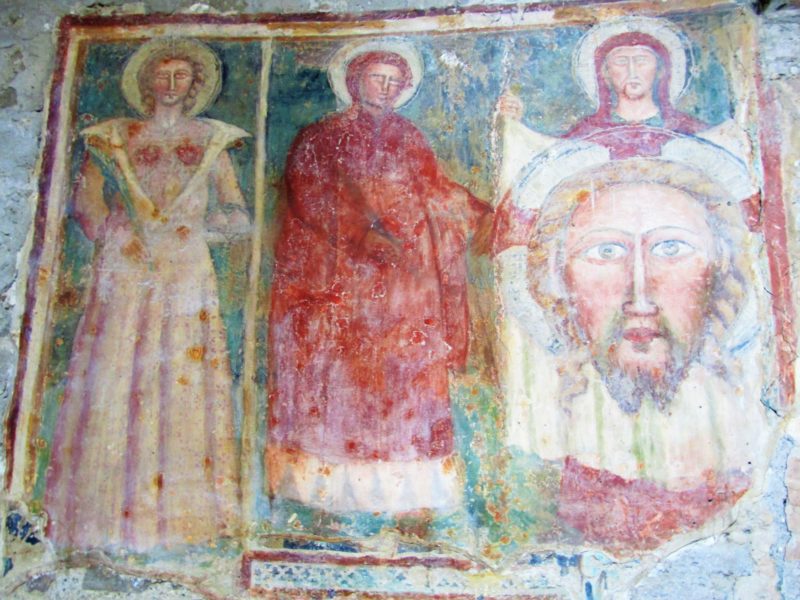I am following this excellent series on PBS. Of course, for personal reasons – having to do with my Norwegian mama and her brother – I have an interest in it. But it would be worth my time, regardless. It is an intelligent series that covers the personal lives of the protagonists, while still managing to capture the terror inflicted by, and the existential threat of, the Nazis. In the first episode, there is a scene in which the Germans – invading Norway – strafe a passenger ship: impossible to avert your eyes from the cruelty and capriciousness of the act, as well as the fear of the victims. It has only been 80 years, but it is easy to forget how depraved the Nazi vision and actions were. The cast is terrific – I am pleasantly surprised by Kyle MacLachlan as FDR. He isn’t doing an impression – thankfully – but manages to capture the whimsy and gravitas of the president.
What I most appreciate about the PBS website is that they have included a “fact or fiction” page for each episode. I was delighted to learn that a particular moment in episode two was fact: Princess Martha is leaving Norway with her three children, bound for a ship that will bring them to the United States. In order to reach the ship, they must go out on a smaller boat through a harbour in which there are many Norwegian fishermen. They recognize the princess and begin singing the Norwegian anthem and cheering then three-year-old Prince Harald (future king). Martha holds him up in response. So beautiful. And made more so by the fact that the little boy is still king of Norway! I wonder what he remembers from that difficult time.
Update: wanted to add this paragraph from the obituary (written by yours truly) of a family friend. His name was Haakon Aass, and as such a name would suggest, he was Norwegian. He was living in Norway during some of the events of Atlantic Crossing:
“…Haakon went on to engineering school, graduating in 1936. Shortly thereafter, he committed himself to a career in the Royal Norwegian Air Force. During the Russian-Finnish conflict of the late 1930s, Haakon, along with several Air Force classmates, took an active part in the protection of Finland. One war barely over and another to fight, when, in April of 1940, the Germans invaded Norway. Along with many other Norwegian soldiers, Haakon went first to England and then to Canada to further train for missions in Europe. In Toronto, he was stationed at a camp known as ‘Little Norway.’ Writing of that time, Haakon recalled that many of the people there were brave members of Norway’s underground resistance. They were, he wrote, ‘the cream of Norwegian youth.’ Modesty ever intact, he continued, ‘Please do not consider me in this class. I was sent by the Air Force.’…Soon after [1942], he was posted overseas to fly missions in the North Atlantic. In May of 1945, he co-piloted the plane which flew the Allied delegation to Norway to accept the surrender of the Germans. He often told us how wonderful it was to have German officers clicking their heels and saluting him, to be part of liberating his country.”




